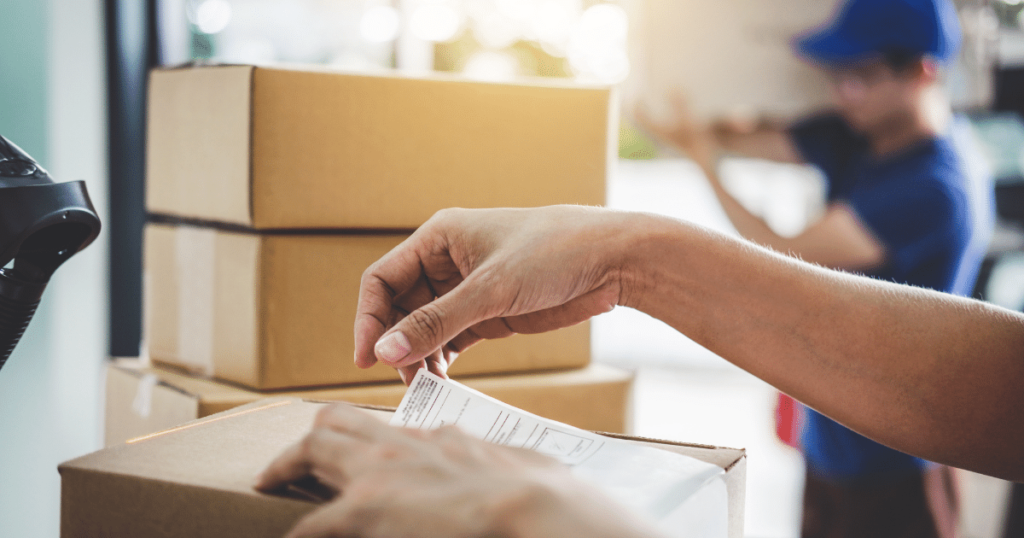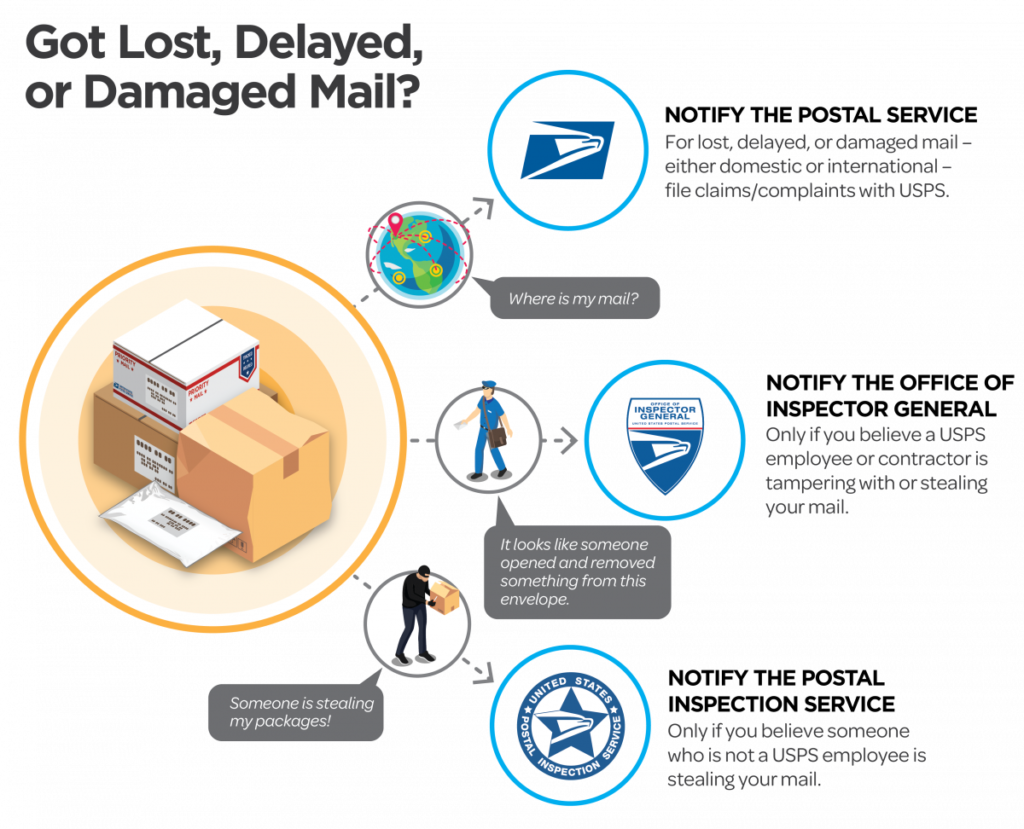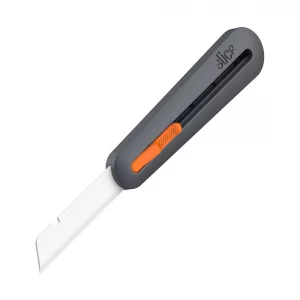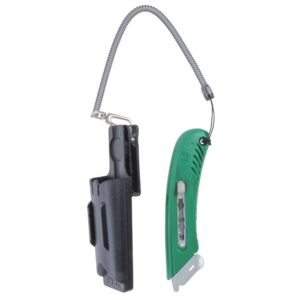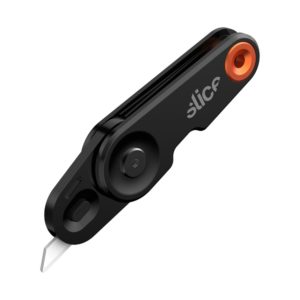How does mail travel? Everyone has seen mail delivery vehicles from USPS, UPS, and Fed-Ex moving mail around or delivering it to your residence. However, what happens behind the scenes to get your mail to you as efficiently and effectively as possible? There are hundreds of systems and tens of thousands of people working in the background to get you your mail as quick as possible. Even if you don’t order priority mail, managing all the mail volume takes considerable effort. The answer then to the question “how does mail travel” is rich and varied depending on time, place, company and amount.
I bet you didn’t know that moving mail has been around since well before 300 BCE in the Mauryan Empire in India. Iran takes the cake for having mail delivering as far back as Cyrus the Great in 550 BCE. Either way, delivering mail is a stabple necessary for society.
How Does Mail Travel? – The First Step
The first step of moving mail is collecting it. The post office (USPS) along with UPS, Fedex, and DHL offer package pickup options along with collection boxes. In this case the carrier comes to you or picks up their collection boxes at scheduled times. Since Amazon came on the scene and became its own carrier, there have also been recent innovations to make package drop-off and pickup easier for the user.
Amazon launched the Amazon Hub, or its worldwide network of secure package drop-off and pickup locations. You may have already seen these Amazon Pickup Points in 7-11, WholeFoods, and apartment complexes. But still many depend on their local post office to print postage, pack and ship their goods for them. If you haven’t decided how to send your package, then try to shop around for the best rate (Calculate Shipping Rates on ShipBob).
Once you dropoff your package or the mail carrier picks it up, what happens next? So begins the journey of your box through highly technical and efficient mail processing facilities across the world.
How Does Mail Travel? – The Second Step
Once the carrier drops off the packages at their central processing center, there is a machine that scans and sorts packages based on destination. Ideally at this stage there is little human involvement and it is mostly automated. But as you can see below, the busiest shipping days can seem overwhelming to the human eye. There’s simply no way to keep up with the speed and efficiency of machines. Imagine if people had to do the job of UPS’ conveyer belt and scanning machine. You would never get your package!
And if the volume of UPS packages shocks you – just wait until you become aware of the magic happening at USPS. Your local post office has even greater capabilities to process millions of letters and small packages that UPS isn’t accustomed to. In sheer value, the post office transcends the competition. Support your local post office in its effort to get proper funding in order to continue its public service.
The USPS literally processes billions of pounds of mail each year, and in many cases ships items to places the UPS and Fed-Ex refuse to deliver. The job of the post office goes beyond mail carrier and delivers life saving medication to those in rural communities. In many cases, the post office is the only mail delivery option.
At this local facility, mail enters processing machines that rapidly separate letters and packages by size. The machine dynamically adjusts all mail so that the barcode or destination faces up, making it readable for a machine down the processing line.
Wherever the mail item was sorted, a mark is applied to the package to further assist processing by assigning it a date and location. All letters now have an identifiable code ready to be scanned. Linked with an id code and a barcode that represents a specific delivery address, the mail is now ready to be sorted by destination.
Destination at the post office is sorted solely by zip code. The UPS, FedEx, and DHL might also sort packages based on residential or commercial addresses. Your UPS package may go through multiple processing centers before it ends up on the truck that arrives at your door. Once a package is processed through the first facility, it is moved either to a truck for final destination, or more likely another processing center.
How Does Mail Travel? – The Third Step for the Last Mile
You might be surprised but even with the rise of ecommerce, classic letters still account for the vast majority of mail. The United States Post Office proceeded over 11 billion pounds of junk mail. Shocking! Junk mail and other letters are a big business for the post office. Once this massive amount of junk mail moves from a central processing center into a local distribution center, its ready to be loaded onto mail carriers and taken to your mailbox.
In short the postal workers loads trays of mail in their package carrier vehicle, drives it to the destinaton and unloads the mail into assigned mailboxes.
How did the post office lose my mail?
They didn’t intent to lose your mail. Whether it is UPS or USPS, it is likely that an error occurred that led to your mail being lost or routed to the wrong destination. The USPS works hard to find missing mail and get it back to you. If you shipped by priority mail or express then you’re package automatically came with $50 or $100 or shipping insurance to cover such events. The postal service will investigate missing priority mail and the insurance will pay you if they are found to be at fault.
Whether you are sending it or receiving it, your mail is important to you and the U.S. Postal Service®. When mail is lost or delayed, we want to find it. If you think your package or mail is lost or delayed, follow these steps to help us find your mail. Your local post office can help but its easier to start the claims process online. Mail volume can effect how often packages get lost, as during the busy holiday shopping season more individual boxes get lost.
If mail hasn’t arrived after 7 business days after the expected delivery date, then begin the process of notifying the USPS and collecting relevant information. Submit a Missing Mail search request. If your package came with insurance, you need to document everything to prepare to file a claim. Ensure the address listed was correct before submitting your claim. The post office has high service standards and most packages reach their intended recipient.
Conclusion
How does mail travel? I hope we answered it for you! The first step is for your local post office to collect the mail, next is to sort it via one or multiple processing centers, before delivering it to a center for last mile distribution. The postal service really is the expert in moving billions of pieces of mail whether it be snail-mail or priority express.
Did you know how involved mail delivery is?
Whether you send a package every so often or write frequent letters to your grandparents, the post office benefits us all. At SafetyCutters.net we have an intimate relationship with our mail carriers and thank them for their hard work. Every holiday season we recommend providing gifts or kind words to your mail carrier. We ship our orders every day using the expertise and excellent service of UPS, USPS, and Fedex. Read more about our shipping policies and how to qualify for free shipping here.

